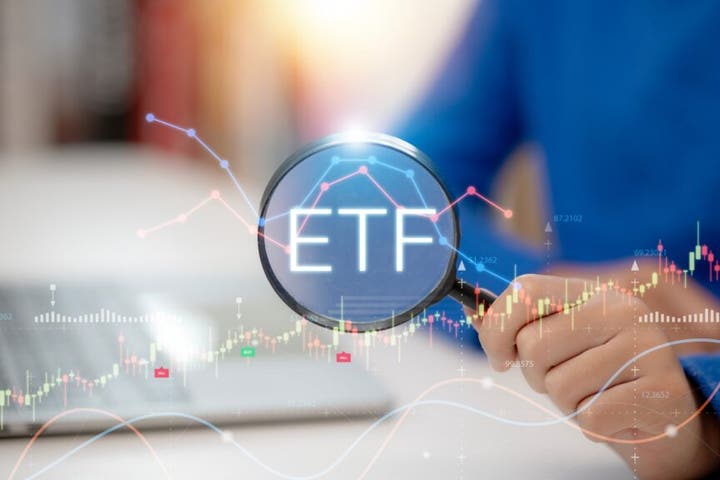The recent surge in the cryptocurrency market has sent a resounding message to skeptics: digital assets are here to stay. Exchange-traded funds (ETFs) that track cryptocurrencies achieved record inflows of approximately $5.95 billion during the week ending October 4. This remarkable uptick propelled Bitcoin to an all-time high of $126,223 on October 6, marking a significant milestone in the ongoing evolution of digital assets.
Data from CoinShares reveals that Bitcoin’s rally broke past its previous August peak on October 5, extending a profitable trend that has seen the cryptocurrency soar above the $126,000 mark for the first time. The United States led these inflows, contributing a substantial $5 billion, followed by Switzerland at $563 million and Germany with $312 million—both of which set new records for their respective markets.
Among these inflows, Bitcoin attracted $3.55 billion, while Ethereum garnered $1.48 billion. Other cryptocurrencies also saw significant investments, with Solana attracting $706.5 million and XRP bringing in $219.4 million. This robust inflow reflects a broader trend where investors are increasingly diversifying their portfolios, partly driven by a rally in traditional safe-haven assets like gold amid trade uncertainties and economic concerns associated with a weakening U.S. dollar.
James Butterfill, head of research at CoinShares, noted that the level of investment signifies a growing acknowledgment of digital assets as a viable alternative in uncertain times. The current enthusiasm is markedly different from previous cryptocurrency booms, as institutional acceptance is accelerating at an impressive rate. For instance, Deutsche Bank anticipates that by 2030, Bitcoin will be included on the balance sheets of most central banks, alongside gold—a projection that would have seemed far-fetched just five years ago.
This year’s cryptocurrency rally is underpinned by more supportive policies during the Trump administration, robust demand from institutional investors, and Bitcoin’s increasing integration into global financial markets. This integration is unfolding in real-time; while retail investors pursue price fluctuations, institutions are building the infrastructure to treat Bitcoin as a legitimate portfolio asset rather than a mere speculative gamble.
The historic ETF inflows are indicative of this paradigm shift. Rather than being driven solely by day traders making spontaneous decisions, these investments are largely attributed to wealth managers and pension funds that are methodically allocating capital to digital assets as part of a long-term strategy. This evolution signals a maturing market, one that is poised for a significant transformation in the way digital assets are perceived and utilized in the financial landscape.







